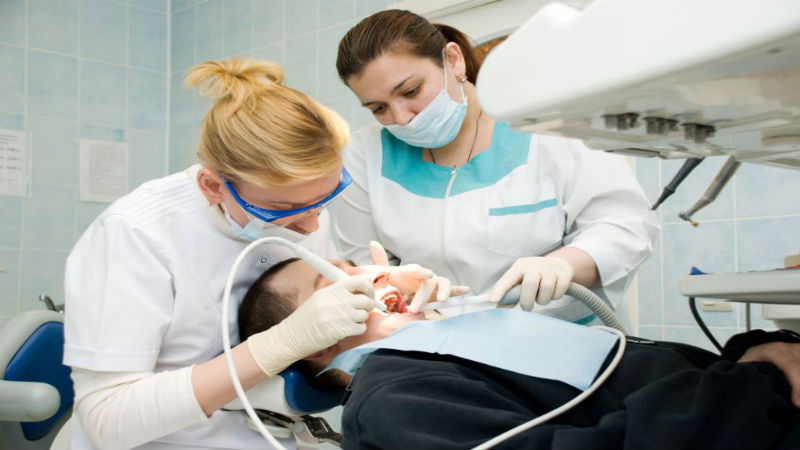Some disorders, such as sleep apnea, sleep bruxism, and chronic pain, have a direct impact on the practice of dentistry, which implies a good understanding of the biology and pathology of sleep. Snoring, dental grinding and orofacial pain are also a major cause of Sleep Disorders Cedar City UT. Sleep apnea is known to be an aggravating factor of cardiovascular diseases such as heart failure and stroke. Dentists play an important role in sleep medicine by screening patients at risk for sleep disturbance. If they are found to have sleep issues that the dentist cannot remedy, the patient should be directed to their ENT or pulmonary doctor.
The central objective of dentistry and sleep medicine is to provide a quick source of practical information to patients. OSA (Obstructive Sleep Apnea) is characterized by the repeated occurrence of apneas and hypopneas during sleep with an index of apnea/hypopnea greater than five hours per night. The pharynx is a soft muscular-membranous structure capable of collapsing under the effect of inspiration and negative pressure. The dilating muscles of the pharynx are there to ensure that the pharynx remains open.
During sleep, the activity of these muscles is reduced, especially during paradoxical sleep. In the case of an obstruction, the blood depletes oxygen and forces the patient to wake up hundreds of times a night without remembering it. On the other hand, Sleep Disorders Cedar City UT can be determined when the patient:
- Is tired;
- Has a loss of memory;
- Gets several morning headaches a week; and/or
- Has an increased risk of cardiovascular disease, etc.
This pathology mainly affects middle-aged people and the prevalence increases with age. On the other hand, young people and even children can present with symptoms associated with OSA. Snoring is a frequent attendant sign that something is wrong with the body. A retrospective study showed that patients with drowsiness and snoring developed OSA 10 years later. Obesity is another major risk factor due to the infiltration of fats into the pharyngeal tissues. However, 70% of apneic patients are overweight. Indeed, it is common to find, in affected patients, a poorly-positioned jaw, a large tongue or a large uvula.
Follow us on Google+!







